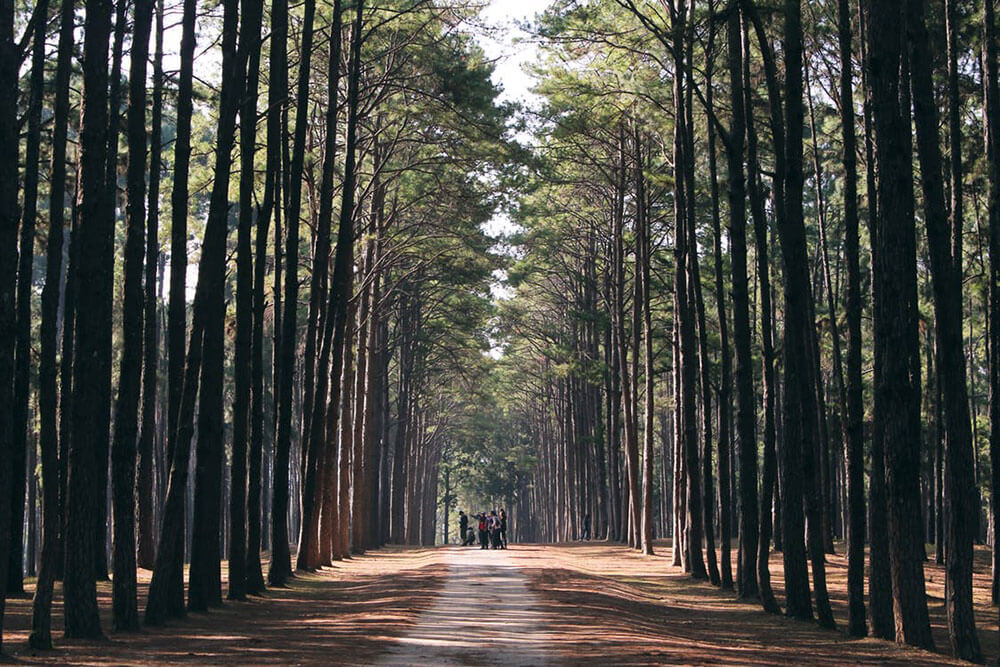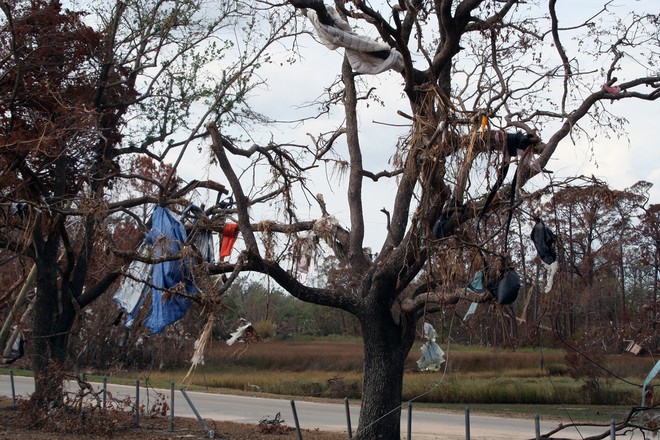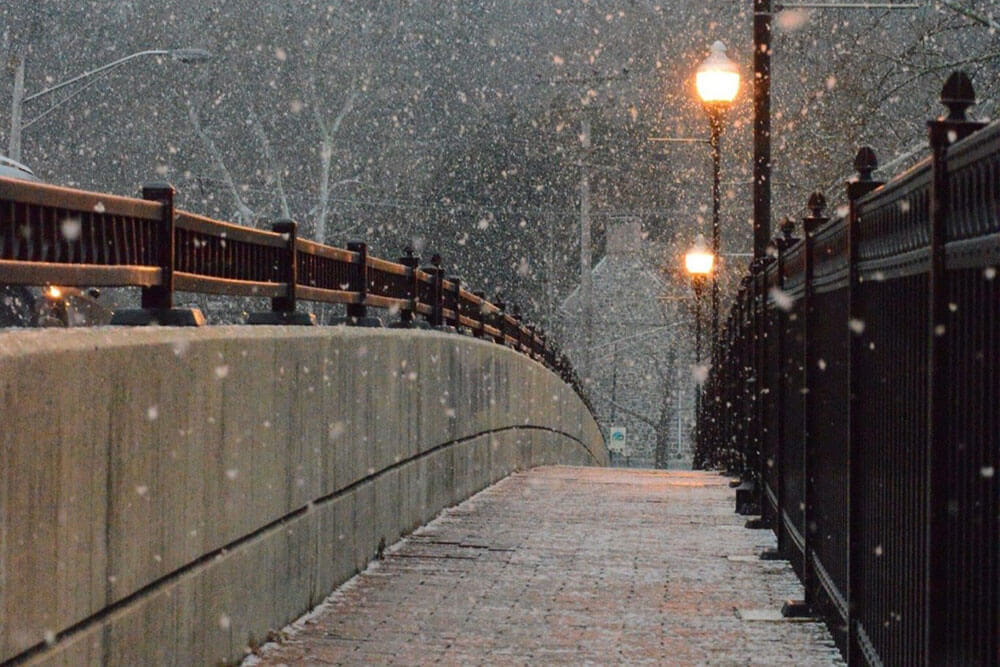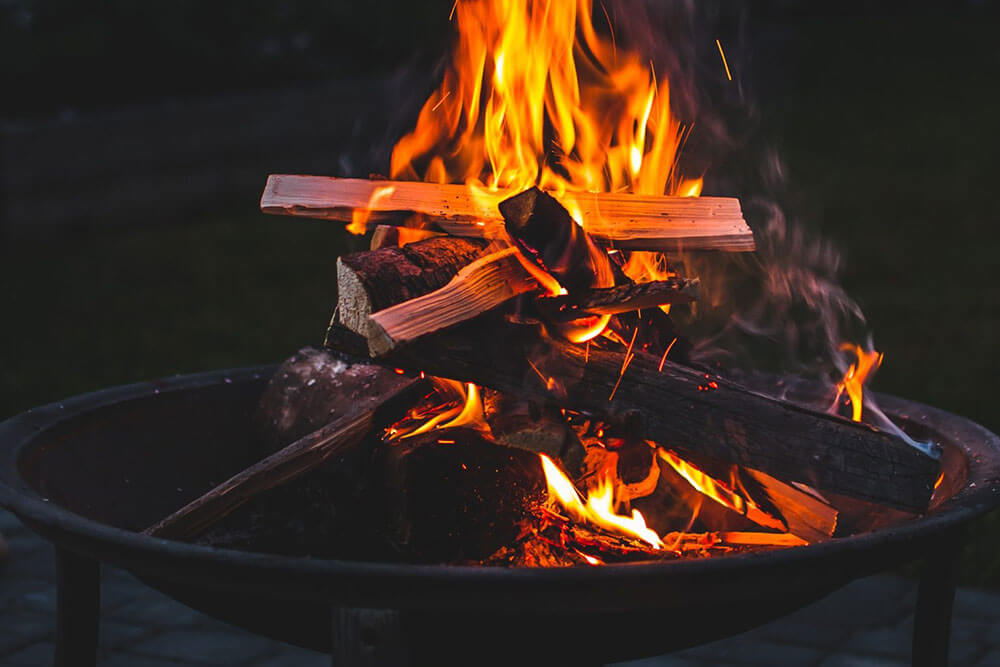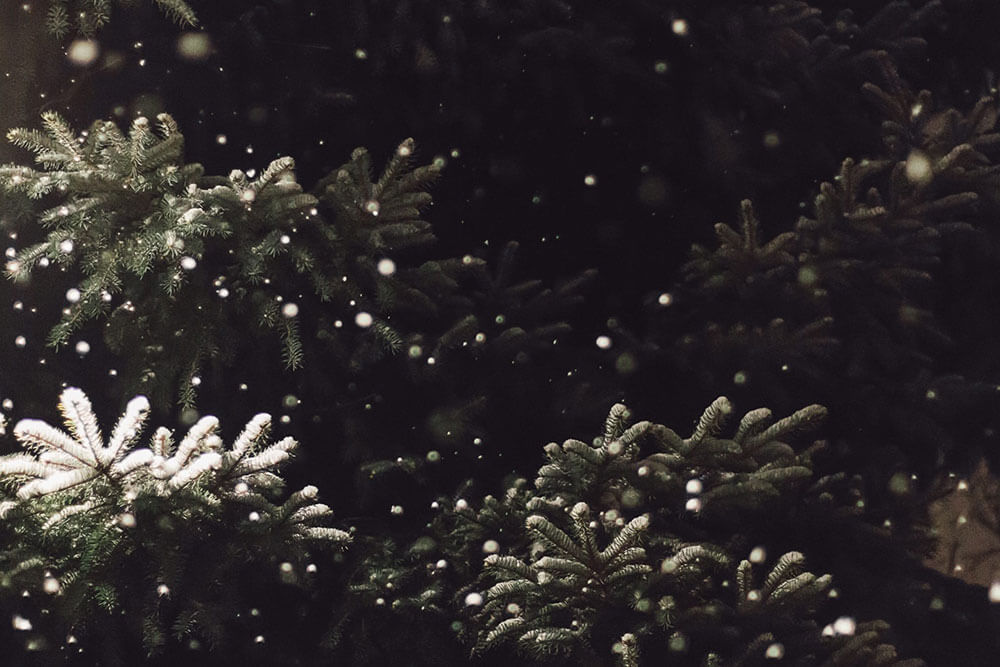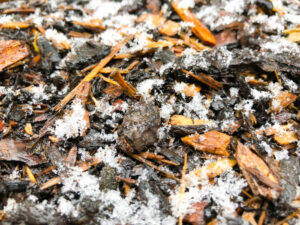We all know that mulch plays an important role in protecting gardens, tree bases, and shrubbery. Mulch comes in a variety of materials and colors and each has its “best application scenario.” However, one that we think goes largely unconsidered is pine needles.
At the Parke Company, Nashville’s leading landscaping service and tree service, we think that the sustainable pine needle, or pine straw mulch, is underutilized. On its face, pine straw is more expensive than other mulches, but when you consider its benefits, it is likely the better value in the long run.
Why Pine Straw Makes a Great Mulch
In Nashville, we have an abundance of pine trees. Pine needle mulch is “created” simply by raking up the needles that fall from the trees. Not a single tree is harmed in the gathering of pine straw mulch. It’s light, it spreads easily, and pine needle mulch has a unique “interlocking” capability that holds it in place. These are the qualities that make this mulch desirable from a maintenance standpoint; let’s see what else it can do:
Soil protection. Like all mulches, pine needles provide important insulation for the soil, protecting it from extreme temperatures. Pine needles also soften the impact of rain, minimizing soil compaction and erosion. Because they “interlock,” pine needles stay in place and do not float away like wood-based mulch. This means you are unlikely to find mulch on your walkways and you won’t have to “top off” as frequently as wood mulch.
Improving soil. If you have acid-loving plants like azaleas or roses, pine straw creates a chemically balanced soil to ensure that these plants thrive. While the needles themselves have little nutritional value, they encourage helpful microbes as the mulch degrades.
Visual appeal. Pine needles are finely textured and have a uniform neutral color, unlike chunky, brightly colored wood-based mulch that says “look at me.” The pine needles tend to set off the bright colors of your flowers and shrubs. Pine needles also prevent rain from splashing mud on your plants.
Value. As mentioned, pine needles look to be about three times as expensive as wood mulches when they are placed side by side. But in reality, they’re cheaper. A study by Texas A&M determined that a single round bale of pine straw mulch covers a 10-foot-by-10-foot bed to a depth of 2 inches. To achieve the same coverage with pine bark, pine nuggets, or red mulch would require over eight bags. So a single bale of needles is more expensive than a bag of mulch, but you need 8 times as much bagged mulch to equal the bale.
In short, pine needle mulch is an effective, efficient, and overall better value for your mulching needs. This spring, you should give it serious consideration when planning the protection of your garden and flower beds.
Not surprisingly, the Parke Company does more than tree trimming, tree removal, and other affordable tree services – we also provide mulch. Give us a call today and we will be happy to explain why pine straw may be the perfect pick for your landscape.

